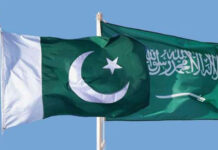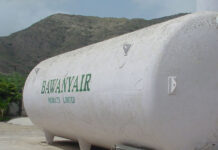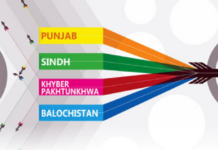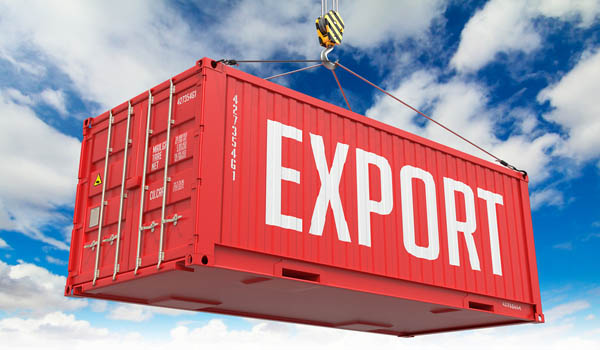Pakistan’s exports are significantly below their potential, with a gap of nearly $60 billion, according to the World Bank’s “Pakistan Development Update” report. The Bank highlighted key barriers such as high tariffs, complex regulations, costly energy, and logistical challenges as critical factors hampering the country’s export performance.
The report revealed that Pakistan’s export share in GDP has steadily declined, falling from an average of 16% in the 1990s to just 10.4% in 2024. This decline has left the country’s economic growth dependent on remittances and debt-driven consumption, which has contributed to the recurring boom-bust cycles in the economy.
“Pakistan’s export performance has faltered in comparison to its neighbors, including Bangladesh and India, and is now below the averages for low- and middle-income countries (LMICs) and upper-middle-income countries (UMICs),” the World Bank noted.
The report also emphasized that this decline is accompanied by a widening gap between actual exports and the country’s export potential.
The World Bank estimated that, considering Pakistan’s population, development level, and proximity to key markets, the country has an untapped export potential of approximately $60 billion. Closing this gap would align Pakistan’s export performance with UMIC averages, but it would require doubling the current export share in GDP.
To unlock this potential, the World Bank recommended several measures, including the adoption of a market-determined exchange rate, strengthening trade finance, improving logistics and compliance, and enhancing trade agreements.
Additionally, the Bank called for an expanded digital and energy infrastructure to support export growth, particularly in emerging sectors like IT services.
The World Bank also pointed out the need for a deep and liquid interbank market without State Bank of Pakistan (SBP) intermediation. This would encourage greater participation from exporters, importers, and foreign investors, and allow the exchange rate to reflect genuine supply and demand dynamics.
With slowing export volume growth, the report noted that prices, rather than quality or innovation, have been the main drivers of export growth, leaving Pakistan vulnerable to fluctuations in global prices. It also highlighted Pakistan’s limited market access and low product diversification, key factors in enhancing export competitiveness.
The report praised Pakistan’s efforts in improving tariff policies, particularly the five-year National Tariff Plan approved for fiscal year 2026. The plan aims to reduce the simple average tariff from 20.2% to 9.7% by 2030, positioning Pakistan as one of the most ambitious tariff reformers globally. However, the World Bank stressed that tariff reforms alone would not be enough and must be accompanied by broader measures to address the structural challenges.
In terms of digital exports, the report revealed that while Pakistan’s digitally delivered exports have risen to around 10% of total exports, its share of the global digital services market remains at a mere 0.1%. Comparisons with regional competitors like India (5.8%) and Indonesia (0.2%) underscore the untapped potential in this sector. Despite progress in IT services, where Pakistan is the second-largest exporter in South Asia, its global share remains limited at just 0.3%.
The World Bank also identified infrastructure gaps in broadband services, with low-quality and costly internet access hindering the growth of digital exports. The report noted that the digital regulatory environment in Pakistan, including fragmented approval systems and restrictive content regulations, further compounded these challenges.
While acknowledging the government’s efforts to prioritize export growth, including through the National Tariff Policy, the World Bank emphasized that tariff reforms must be complemented by broader measures to strengthen trade finance, improve trade facilitation, and expand access to export markets.
“Tariff reforms alone will not suffice and must be complemented by broader measures to ensure a market-determined exchange rate, strengthen trade finance, and enhance trade facilitation,” said Anna Twum, co-author of the report.
























Why would anyone want to invest when government is hellbent on measures like sales tax registration issues, High income tax, withholding tax. Look at what they did to Shabbar Ziadi for giving refunds. What does unauthorized refund even mean? He was Chairman FBR and has powers to release funds. All those things including policing by FBR like asking Businesses to go cashless means no one wants to grow in such an economy.
They want to follow China model but forget that China Tax authorities are forbidden from questioning businesses that bring in money and have money in bank. In Pakistan, it’s the exact opposite.